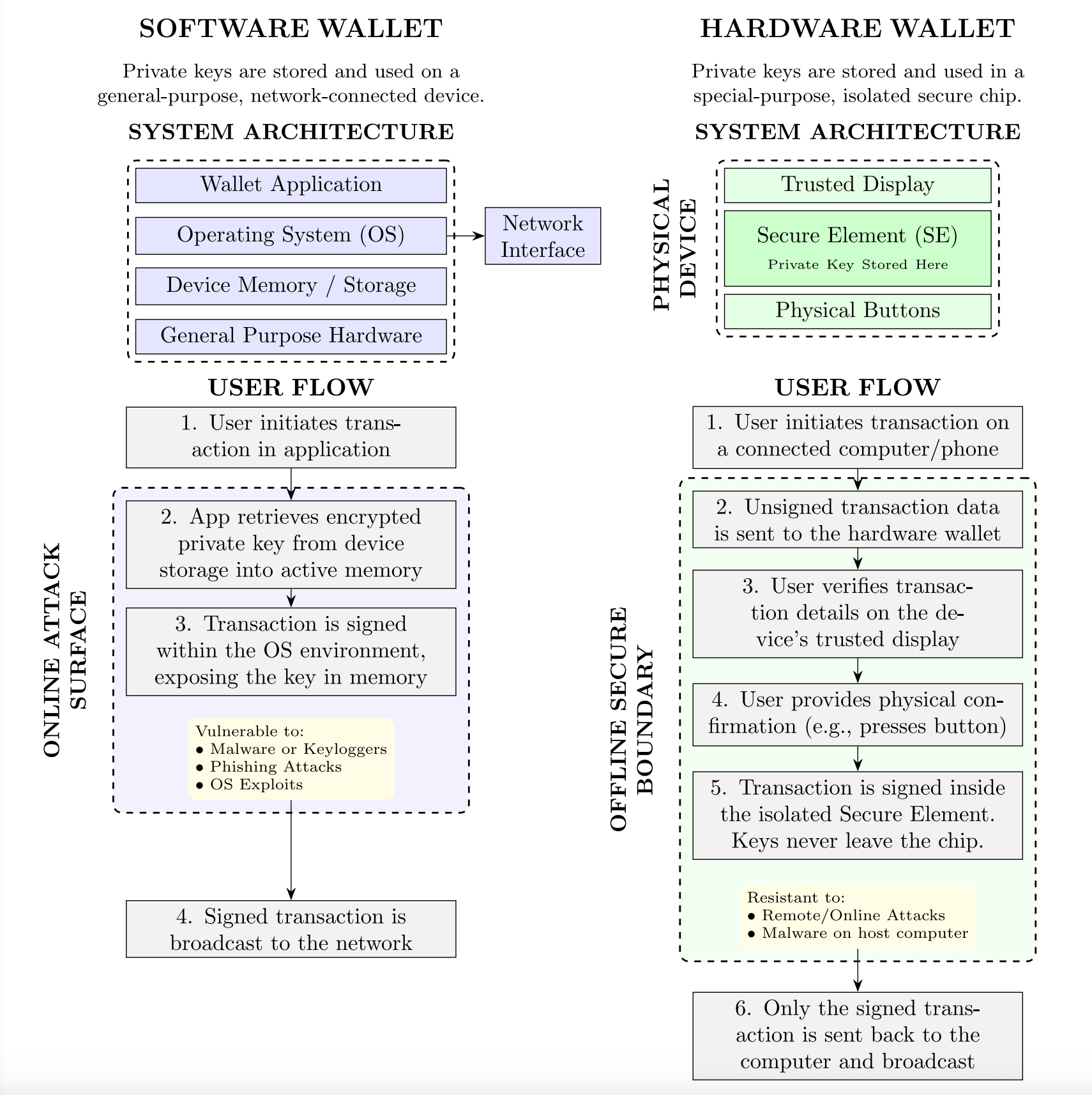Wallets & Keys - Blockchain 101
On the blockchain, your identity is represented by a pair of random numbers and letters that we call keys, namely a private key (effectively a password) and a public key (very similar to an email address or a user name but for blockchain). Both the private key and the public key work together like an incredibly sophisticated key and lock system, keeping access to your funds secure.
-
Private Key: Think of this as your master password. It’s a long string of characters that only you should know. This private key gives you the power to spend or move your digital assets.
-
Public Key: This is mathematically derived from your private key, but here’s the clever part, while your private key can create your public key, it’s virtually impossible for anyone to figure out your private key from your public key.
-
Address: This is like your account number, created from your public key. People can send digital assets to your address, and you can share it publicly without any security risk.
It’s like having a mailbox where anyone can deposit mail (your address), but only you have the key to open it (your private key).
Keeping Your Keys Safe: Wallets
Section titled "Keeping Your Keys Safe: Wallets"
Since anyone with access to a private key can move the digital assets associated with it, protecting these keys is everything.
Software vs. Hardware Wallets:
-
Software Wallets: These store your private keys in a password-protected file on your computer or phone. Convenient for everyday use, but connected to the internet.
-
Hardware Wallets: Dedicated physical devices that store your keys offline. Like keeping your most important documents in a safe rather than on your desk.
Hot vs. Cold Storage:
-
Hot wallets: Connected to the internet for easy access and transactions
-
Cold wallets: Completely offline for maximum security
Think of it like money in your physical wallet (hot wallets are easy to access but less secure) versus money in a bank vault (cold wallets are very secure but takes more effort to access, basically, imagine having to enter a PIN and then a 2-factor auth code to access your funds—every single time you want to spend your money, more secure and more annoying).
The beauty of this system is that you can truly own your digital assets. Unlike a bank account where the bank actually controls your money, with blockchain technology, if you control the private keys, you control the assets directly, no intermediary required.